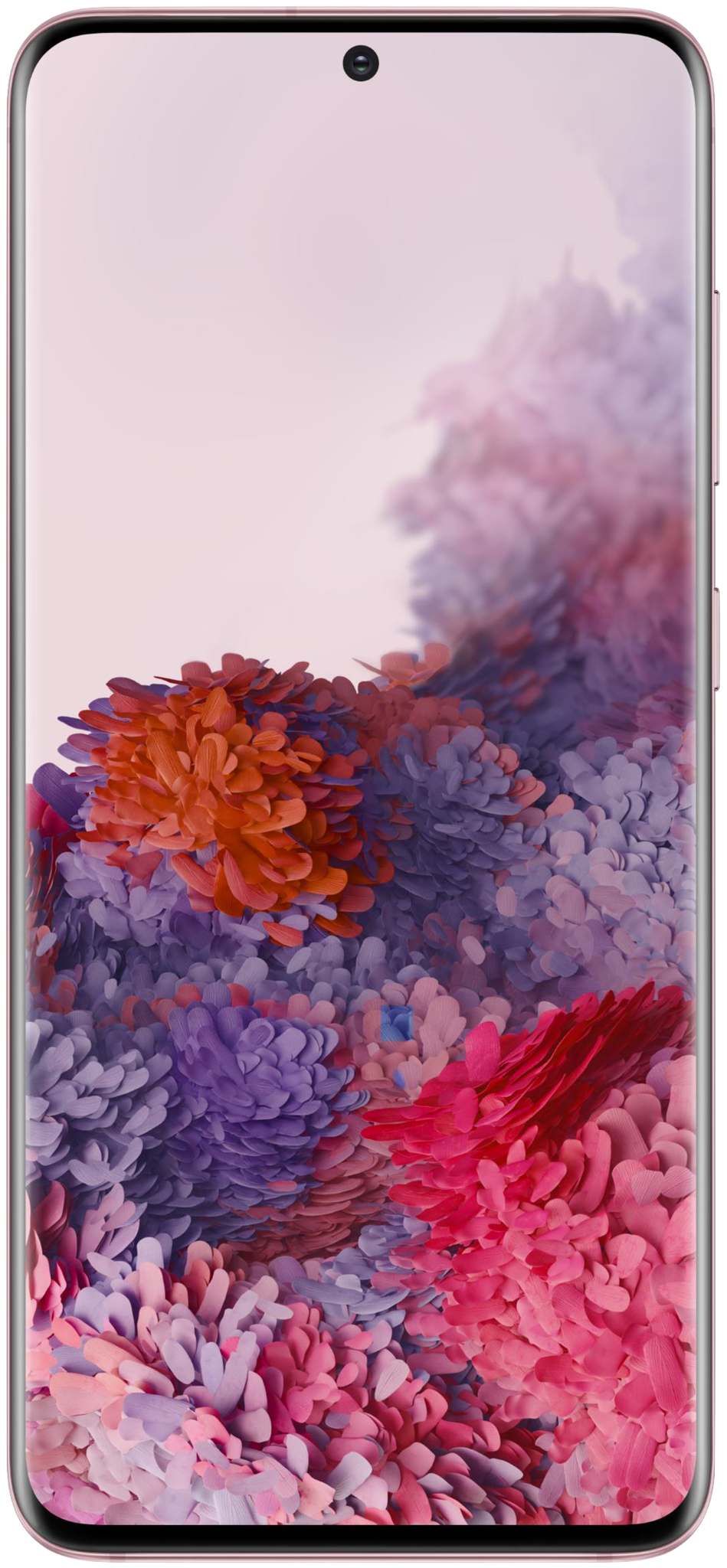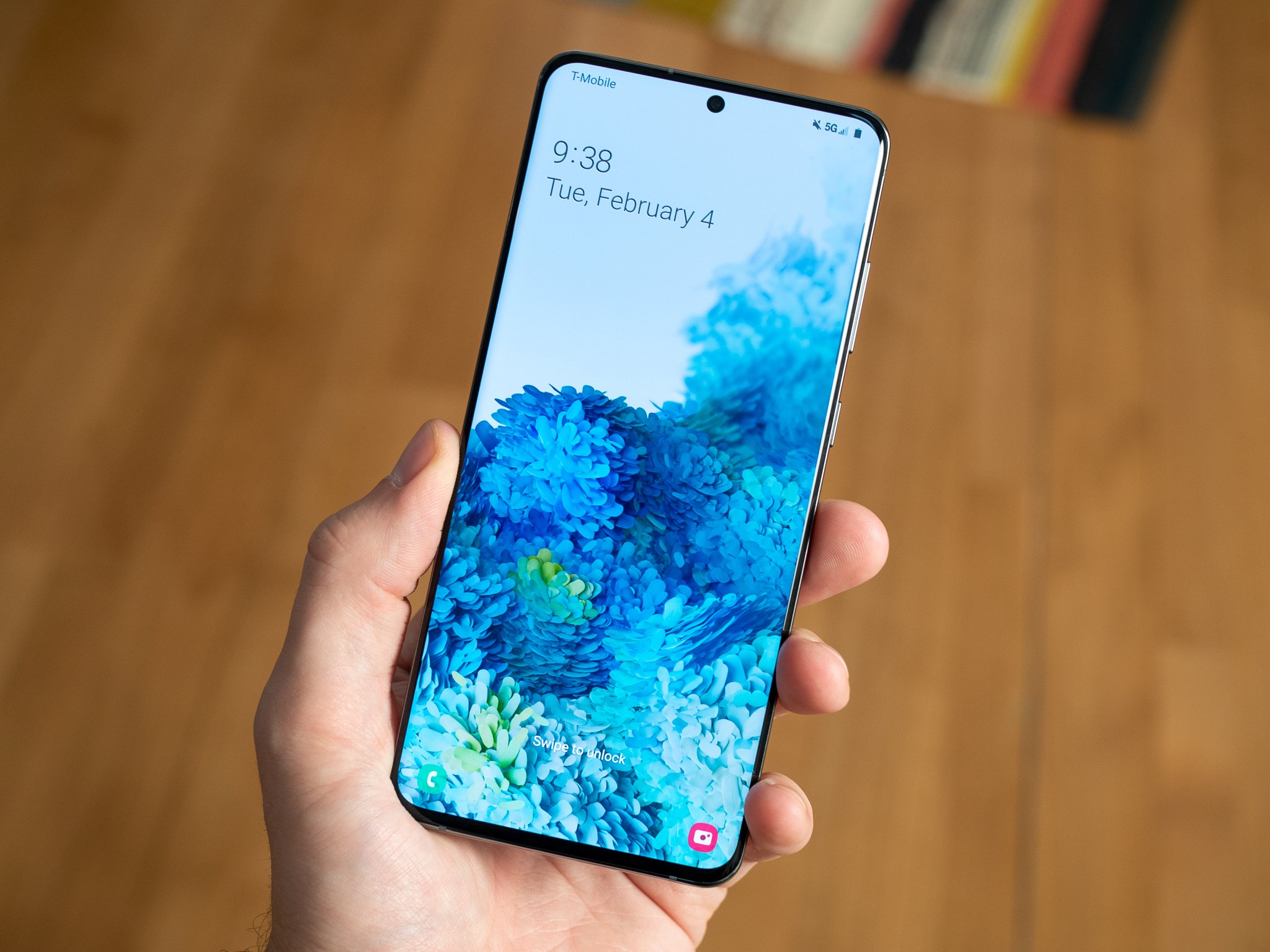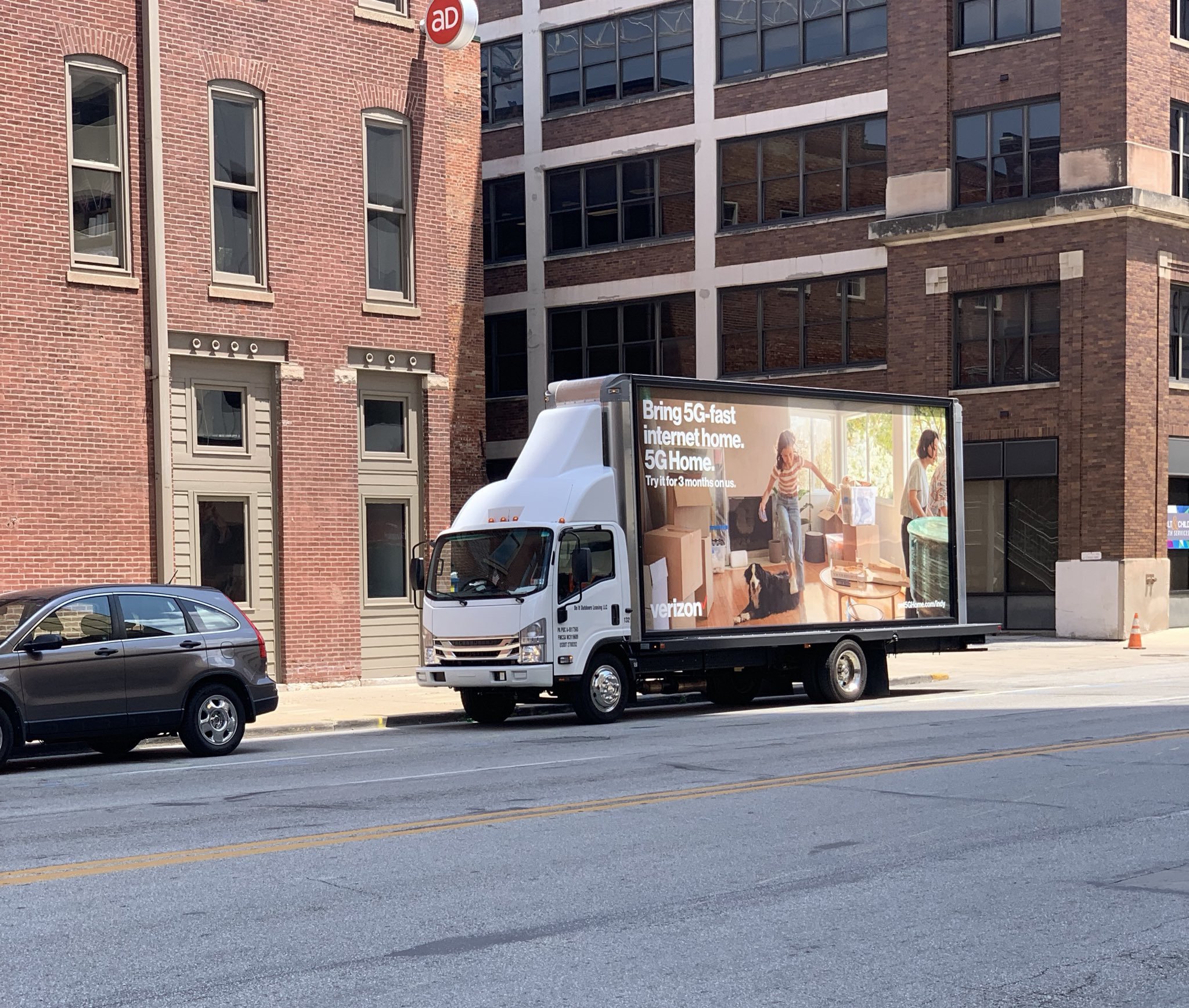All of the carriers are talking about 5G. Here's what it means for consumers.
If you follow phones or technology, you've seen 5G popping up everywhere. New phones are listing 5G as a major feature, and the carriers love to tell you that they have the best 5G, but what does 5G actually mean to an average customer? For now, 5G means that if you live in just the right area and have just the right phone or hotspot, you can get a faster and more reliable phone connection that won't bog down when the network is congested. Beyond that, it gets a bit more complicated.
Jump to:
- More data demand than ever
- Release 16
- 5G SA
- All about the frequency
- Which phones support 5G?
- When can I get 5G?
More data demand than ever
5G is spreading fast, and for many people, it's not quite what they expected. 5G refers to 5G NR (New Radio), which contains many different technologies with different implementations. What a 5G connection actually means to the consumer varies significantly between carriers, but one thing it has in common across the board is the promise for better speed and capacity.
Technically speaking, 5G is the next generation of mobile broadband connections. For now, 5G mostly compliments the 4G LTE network adding extra capacity in areas that need it most. There are three main categories of 5G, and they are based on the frequency being used. These connections are low-band, mid-band, and mmWave (millimeter wave). Collectively low-band and mid-band 5G is referred to as sub-6, indicating that it is below 6GHz.
With any type of 5G connection, you'll see fast network speeds, but the most noticeable change will come from high-frequency mmWave. These mmWave networks have great speeds, but the coverage is very limited. Sub-6 has much greater coverage, similar to LTE, but speeds are more in line with the best of 4G technology.
All of the major carriers are looking towards a combination of these different 5G categories to build out a complete network depending on the density and geographic challenges in each area.
These are the best 5G plans available
Release 16
3GPP is an organization that establishes telecommunications standards. With 5G Release 16, the 5G standard is opened up a lot more for further development. As noted by Light Reading, there are nine major areas that get addressed starting with 5G in unlicensed spectrum. This is essentially the ability to use additional spectrum that isn't licensed to anyone, and depending on the area can significantly improve bandwidth. Some 4G networks, such as AT&T's LTE network, already use similar tech.
Beyond that, Release 16 has Network Slicing allowing for different parameters to be set for different customers and devices such as a connected car. Positioning information is improved so indoors, a device's position can be determined within 3 meters and within 10 meters outdoors. Additionally, better communication for Vehicles which could be a big step for driverless vehicles.
Better management can improve battery life on connected devices as well. Latency is also improved with eURLLC, or Enhanced ultra-reliable, low-latency communication. There is improved support for private networks for a company or organization that may need it. Integrated Access Backhaul (IAB) will allow 5G cell sites to connect wirelessly, lowering deployment costs. Finally, IoT services can be built into 5G networks if the need grows.
5G SA
5G SA is short for 5G standalone. As the name implies, this type of 5G network can exist and operate on its own without a legacy network supporting it. T-Mobile and Verizon are launching 5G SA in 2020, or at least will start to. In May 2020, T-Mobile took some big steps in testing a 5G SA network with a series of tests including voice and video calls over 5G NR.
Calling over 5G is an important step for 5G, so phones won't need to rely on 3G or 4G towers. This will also be good for saving battery life since phones won't need to keep switching between networks to make and receive calls.
For now, you won't see 5G SA service on any network, but by the end of the year, it should be more common. If everything goes to plan, you shouldn't notice anything.
All about the frequency
T-Mobile deployed a low-band 5G network on its 600Mhz spectrum on many of its towers. Since this frequency is suitable for coverage, T-Mobile was able to leap ahead in 5G coverage without building many new towers. It just had to upgrade the equipment and make sure the towers had a strong fiber backhaul to supply a connection.
That doesn't mean T-Mobile is solely relying on this slower low-band 5G; it also has a limited mmWave network in a few cities. Beyond that, it is adding speed and capacity to its sub-6 network thanks to the 2.5GHz spectrum it got from Sprint. This did mean the end of Sprint's 5G network with only Sprint Galaxy S20 users getting an update to support T-Mobile's 5G network.
5G on T-Mobile & Sprint: Everything you need to know
AT&T's 5G network started on mmWave and got off to a solid start with more than 30 cities getting some amount of coverage. The real gains for AT&T came when it began deploying 5G on its 850MHz sub-6 spectrum. While the speeds weren't too impressive compared to fast LTE results, the rapid growth has been good for early adopters of 5G devices.
AT&T was the first carrier to deploy 5G with DSS or dynamic spectrum sharing. This technology allows the tower equipment to allocate spectrum from 4G to 5G automatically based on load. This technology will likely prove to be key to a smooth transition to 5G.
5G on AT&T: Everything you need to know
Of course, this lower-frequency spectrum isn't available in the vast chunks that higher bands are, so speeds aren't as big of an upgrade over 4G. However, when it comes to building a complete 5G network, this low-band connection is great for filling in the gaps. The FCC is also working on freeing up some 3.5GHz spectrum for 5G deployment.
So far, Verizon has stuck to building 5G with a millimeter-wave spectrum. Verizon calls this network Ultra Wideband thanks to its ability to deliver speeds above 1Gbps. While these speeds are extremely impressive, it doesn't mean much for the vast majority of Americans without coverage. Verizon made solid progress on this network with coverage in parts of 35 markets, and it's no secret that the Ultra Wideband network isn't a good choice for the whole Verizon network.
5G on Verizon: Everything you need to know
Faster connections usually don't have much range.
Your home Wi-Fi router is a great example of how this works. 802.11a/b/g 2.4GHz networks use narrow 20MHz channels to transmit and receive data. 802.11n 5GHz networks use 40MHz wide channels, and 802.11ac 5GHz networks can use 80MHz wide channels. When you're connected to your router with a 2.4GHz connection on a much narrower channel, the speeds are slower than when connecting at 5GHz when you're nearby but stay reasonably consistent as you move further away. 5GHz connections, especially 802.11ac connections, have a much more limited range because the signal strength drops off quickly and is more susceptible to interference.
Which phones support 5G?
A lot of early 5G phones, especially those from Sprint, are nearly useless to most of us right now. While a modern device like the Galaxy S20 5G can connect to both T-Mobile and AT&T's sub-6 networks, earlier phones could only connect to very specific bands. Verizon's is the only carrier that hasn't yet started on a sub-6 5G network preferring to stretch out its LTE a while longer. That means that all Verizon 5G phones work with the current network.
T-Mobile's acquisition of Sprint led to the end of Sprint's 2.5GHz 5G network with T-Mobile moving to include Sprint's assets in its own network. What this means is that only the Galaxy S20 5G phone on Sprint can access 5G. This is a real bummer for early adopters with phones like the Galaxy S10 5G or the OnePlus 7 Pro 5G.
All AT&T 5G phones work with sub-6 5G, excluding the Galaxy S10 5G. It's also worth noting that AT&T has updated some of it's LTE phones to say 5GE in the status bar while connected to 4G LTE. This is purely marketing and isn't real 5G at all.
When can I get 5G?
Of course, what all that really means is that you will need new devices to see any sort of 5G network for yourself. Besides having a compatible phone, you'll just need to wait for your area to be covered by 5G. You can check to see if your city has coverage to know for sure. Even then, cities with coverage will still have pockets where only 4G LTE is available.
We've also seen a few mobile hotspots that can leverage these new 5G networks by Netgear and others. This drives home one very important 5G feature that doesn't get enough attention — it can compete with wired broadband internet. Verizon actually started offering home internet service with its 5G network and T-Mobile has committed to using its network to expand broadband to rural areas.
Here's every U.S. city with 5G coverage right now
What this all means right now
The sheer amount of data that can be transferred at high speeds means that 5G will be able to do a lot more than bring fast downloads to your phone. Many people will be able to use the currently available sub-6 5G connections like a robust LTE connection, but the future is much brighter with a combined network with multiple bands of 5G available.
5G speeds will stay higher than LTE even with a lot of connections, and it will be easier than ever to deliver high-speed internet to people, even when they are in an older building that hasn't been upgraded for fiber. For now, 5G is like slightly faster LTE, but as the infrastructure gets built, more applications will be able to take advantage of the improved connectivity.
The newest 5G tech
Samsung Galaxy S20+ 5G
From $1,000 at Microsoft From $1,184 at Amazon From $1,000 at Best Buy
A fast phone for a fast network
One of the newest and fastest phones on the market also supports 5G on all major carriers. With a Snapdragon 865 and 12GB of RAM, the Galaxy S20+ is one of the most capable phones you can get by any measure.
The next big thing in connectivity
5G

from Android Central - Android Forums, News, Reviews, Help and Android Wallpapers https://ift.tt/39ka3c0
via IFTTT






Aucun commentaire:
Enregistrer un commentaire